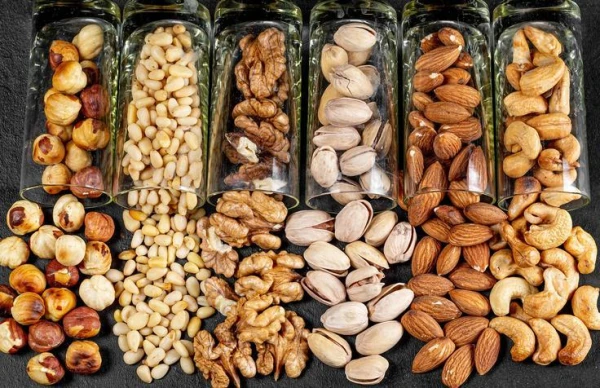
Which nut is the heaviest and whose shell cannot be cracked without special tools.
Nuts are a nutritious and healthy snack that holds many mysteries beyond the culinary realm.
- Walnut shells were used to make ink
Walnuts, or more precisely, their green husks, contain a natural pigment. As the nut ripens, the husk darkens and leaves behind stubborn, hard-to-remove stains on hands — this property was noted by our ancestors.
From these husks and ground shells, brown ink was brewed, which was used for writing and creating artistic works. There is a version that such ink was widely used in the Middle Ages and that Leonardo da Vinci may have used it for his notes.
- Nutmeg once caused a war
In the 17th century, the humble nutmeg became the cause of one of the colonial conflicts. The island of Run, part of the Banda archipelago in Indonesia, was the only place in the world producing nutmeg, which was valued like gold. Therefore, the Dutch and British East India Companies fought for control over the island.
As a result, the Dutch besieged Run, while the English attacked the ships of the Dutch East India Company carrying the precious cargo. This led to three years of war, after which a treaty was signed: the Dutch ceded their outpost in North America — the island of Manhattan, known today as New York — in exchange for the tiny island of Run.
- Pistachios were once dyed red
In the mid-20th century, nearly all pistachios sold in the U.S. were dyed bright red or pink. This was done not for aesthetics, but to mask the inevitable stains and defects on the shells that occurred during hand harvesting and traditional sun drying. Additionally, the red color made the product stand out on shelves and attracted buyers' attention.
With the advent of modern harvesting and processing technologies, the need for dyeing disappeared. Machines carefully crack the nuts without leaving stains, and the natural beige color of the shells became associated with a natural product. However, in some regions, especially during holidays, dyed pistachios are still sold as a nod to tradition.
- Seychelles nuts are the heaviest in the world
On the Seychelles Islands, a unique palm grows, the fruits of which are known as "Seychelles nut" or "coco de mer." These giants can weigh up to 30 kg, making them the largest nuts in the world. But it’s not just the size that is impressive: the ripening process can stretch from seven to ten years, which is a record in the plant world. Interestingly, at the stage of milk ripeness, the giant is edible, but as it matures, its flesh hardens, acquiring strength comparable to bone or stone.
Historically, these nuts have been surrounded by legends — sailors who found them on the shores of the Indian Ocean believed they grew on underwater trees.
- Almonds are seeds masquerading as nuts
Almonds, which we commonly think of as nuts, are botanically a seed of a fruit related to apricots and peaches (by the way, do you know what peanuts are?). Unlike these fruits, the flesh of the almond fruit is inedible; the value lies in the seed itself. But there is a peculiarity here: some varieties of almonds contain cyanide and can be toxic in large quantities, as indicated by their bitter taste.
Cultivated almond varieties, which are usually sold, are safe, as the content of harmful substances in them is minimal. However, bitter almonds are still used in limited quantities in cooking and cosmetics. They are specially processed, though.
- Macadamia nuts cannot be cracked at home
Macadamia nuts are famous not only for their delicate buttery flavor but also for their shell, which is considered one of the hardest in the world. Its hardness is comparable to concrete, making it nearly impossible to crack the shell at home without special tools. For this reason, macadamia nuts are almost always sold with a neat longitudinal slit, and the packaging often includes a special metal key. The buyer inserts the key into the slit and turns it to easily open the shell and access the valuable kernel.
This natural armor makes macadamia not only a unique product but also quite expensive. Its high cost is also related to the labor-intensive cultivation and small volumes of global harvest.
- Kola nuts inspired the creation of an iconic drink
The little-known kola nut, which grows in West Africa, played a key role in the history of the world's most popular carbonated beverages. These nuts, which grow in peculiar "boxes" of five, contain caffeine and other stimulating substances. Initially, local tribes used them as a natural stimulant to invigorate and suppress hunger.
In the late 19th century, pharmacist John Pemberton used the stimulating properties of this nut to offer the market a new invigorating drink. Today, it is known worldwide. However, over time, the natural ingredient was replaced with chemical analogs.

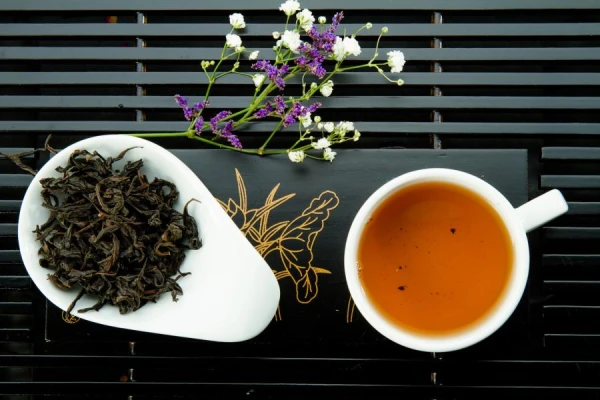
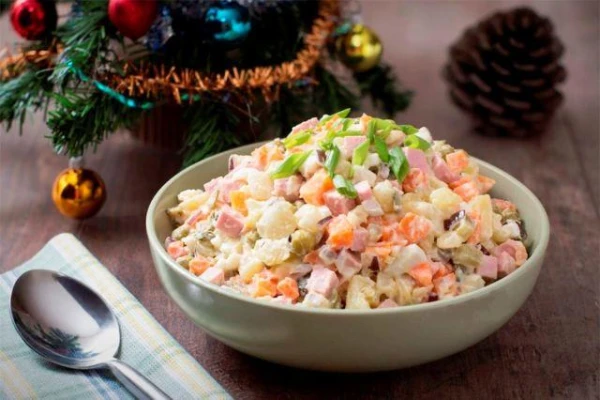
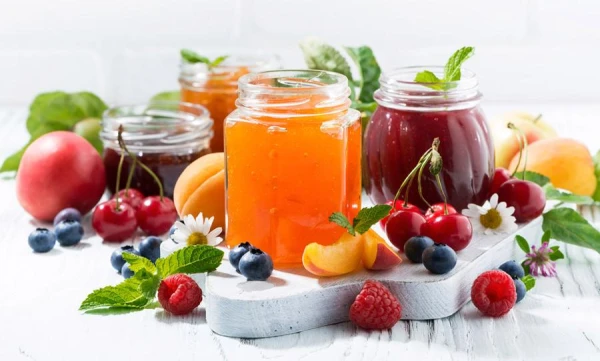
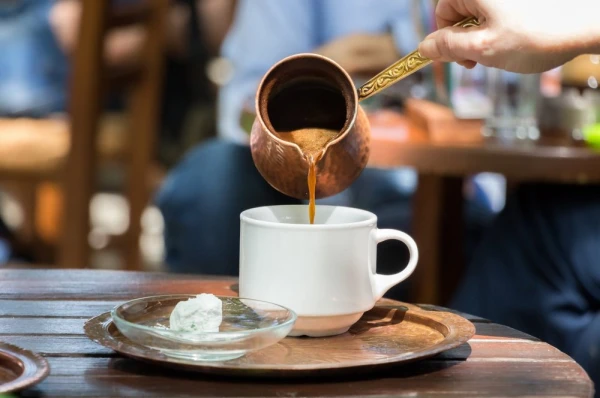
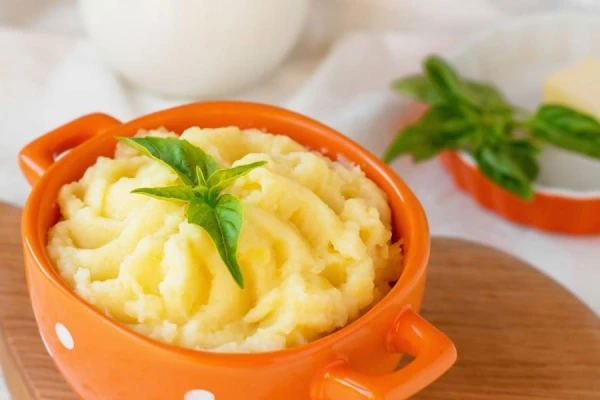

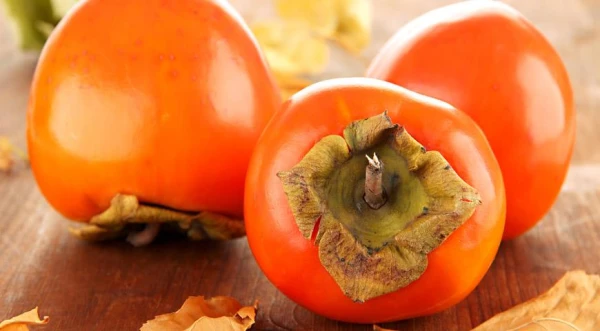
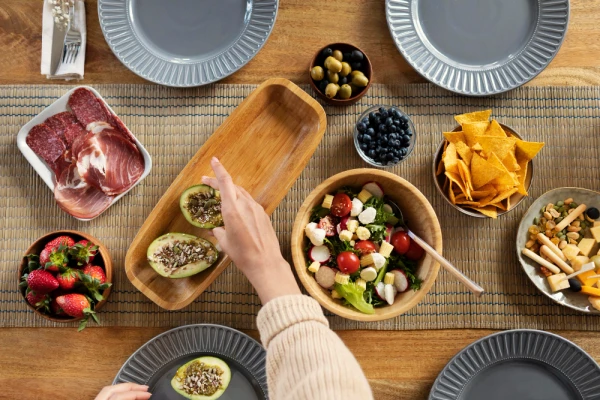






Leave a comment